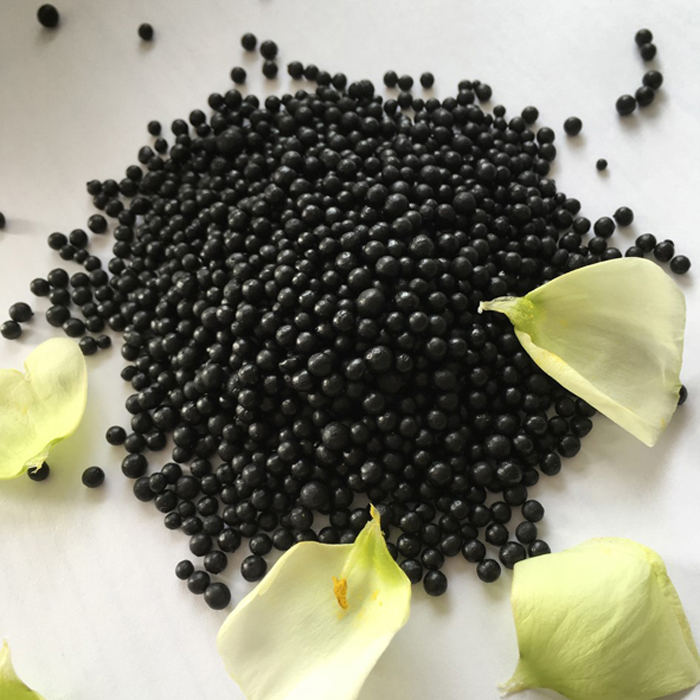
Aug . 07, 2024 20:25 Back to list
Safety Data Sheet for Ammonium Sulfate Fertilizer and Its Handling Procedures in Industrial Settings
Ammonium Sulfate Fertilizer Understanding Its Material Safety Data Sheet (MSDS)
Ammonium sulfate is a widely used inorganic compound, often employed as a nitrogen-rich fertilizer in agriculture. Its primary chemical formula is (NH4)2SO4, and it is valued for its ability to provide essential nutrients to various crops. However, like any chemical substance, it is crucial to understand its properties and the safety measures associated with its use. This is where the Material Safety Data Sheet (MSDS) comes into play.
The MSDS provides comprehensive information about a product’s characteristics, potential hazards, safe handling practices, and first-aid measures. For ammonium sulfate fertilizer, the MSDS emphasizes several critical aspects.
Physical and Chemical Properties
Ammonium sulfate is a white crystalline solid that is highly soluble in water. Its physical appearance and solubility make it easy to apply in various agricultural settings, either as a dry granule or in liquid form. The MSDS outlines its melting point (approximately 280°C) and other relevant chemical properties, which help users understand how it behaves under different environmental conditions.
Health Hazards
While ammonium sulfate is generally considered safe when used as directed, the MSDS highlights potential health hazards. Inhalation of fine particles can cause respiratory irritation, while direct contact with the skin or eyes may lead to irritation. Long-term exposure or excessive amounts can result in more severe health issues. Therefore, users must take appropriate precautions, including wearing protective equipment such as gloves and masks during application.
Environmental Impact
ammonium sulfate fertilizer msds factory

The MSDS also addresses the environmental impact of ammonium sulfate. As a fertilizer, it plays a vital role in promoting plant growth; however, improper usage can lead to nutrient runoff into waterways, contributing to problems like eutrophication. This process depletes oxygen in water bodies, harming aquatic life. To mitigate these risks, the MSDS encourages responsible usage, ensuring that applications align with agronomic recommendations to minimize environmental harm.
Handling and Storage
Proper handling and storage of ammonium sulfate are essential to guarantee safety and effectiveness. The MSDS provides guidelines for storing the fertilizer in a cool, dry place, away from incompatible substances, such as strong acids or bases. Users are advised to keep the product in sealed containers to prevent moisture absorption, which can lead to clumping and affect its efficacy.
When it comes to transportation, the MSDS outlines the need for appropriate labeling and handling procedures, particularly when transporting large quantities. Adhering to these guidelines helps ensure safety during distribution and use.
Emergency Measures
The MSDS includes critical information on first-aid measures in case of exposure. If inhaled, individuals should be moved to fresh air, and if contact occurs with skin or eyes, they should be rinsed thoroughly with water. In cases of ingestion, medical attention should be sought immediately. These measures are vital for minimizing health risks associated with accidental exposure.
Conclusion
The Material Safety Data Sheet (MSDS) for ammonium sulfate fertilizer serves as an essential resource for users, ensuring that they are informed about the properties, hazards, and safe handling procedures associated with this commonly used agricultural product. While ammonium sulfate provides significant benefits for plant growth, understanding its safe usage is crucial for protecting both human health and the environment. Responsible application—backed by the information provided in the MSDS—can contribute to successful agricultural practices and sustainable farming.
-
Premium 8 12 16 Fertilizer – High-Efficiency Compound & Granular NPK Supplier
NewsJun.10,2025
-
High Quality Agricultural Grade NPK Fertilizer Manufacturer & Supplier Reliable Factory Price
NewsJun.10,2025
-
Organic Fertilizer for Corn Boost Yield Sustainably
NewsJun.10,2025
-
Organic Fertilizer for New Plants Natural Growth Boost & Eco Nutrients
NewsJun.10,2025
-
Optimized Hydroponic NPK Fertilizer – Fast Growth & Nutrients
NewsJun.09,2025
-
Top-Rated NPK Fertilizer for Fruit Trees - Boost Growth & Yield
NewsJun.09,2025
